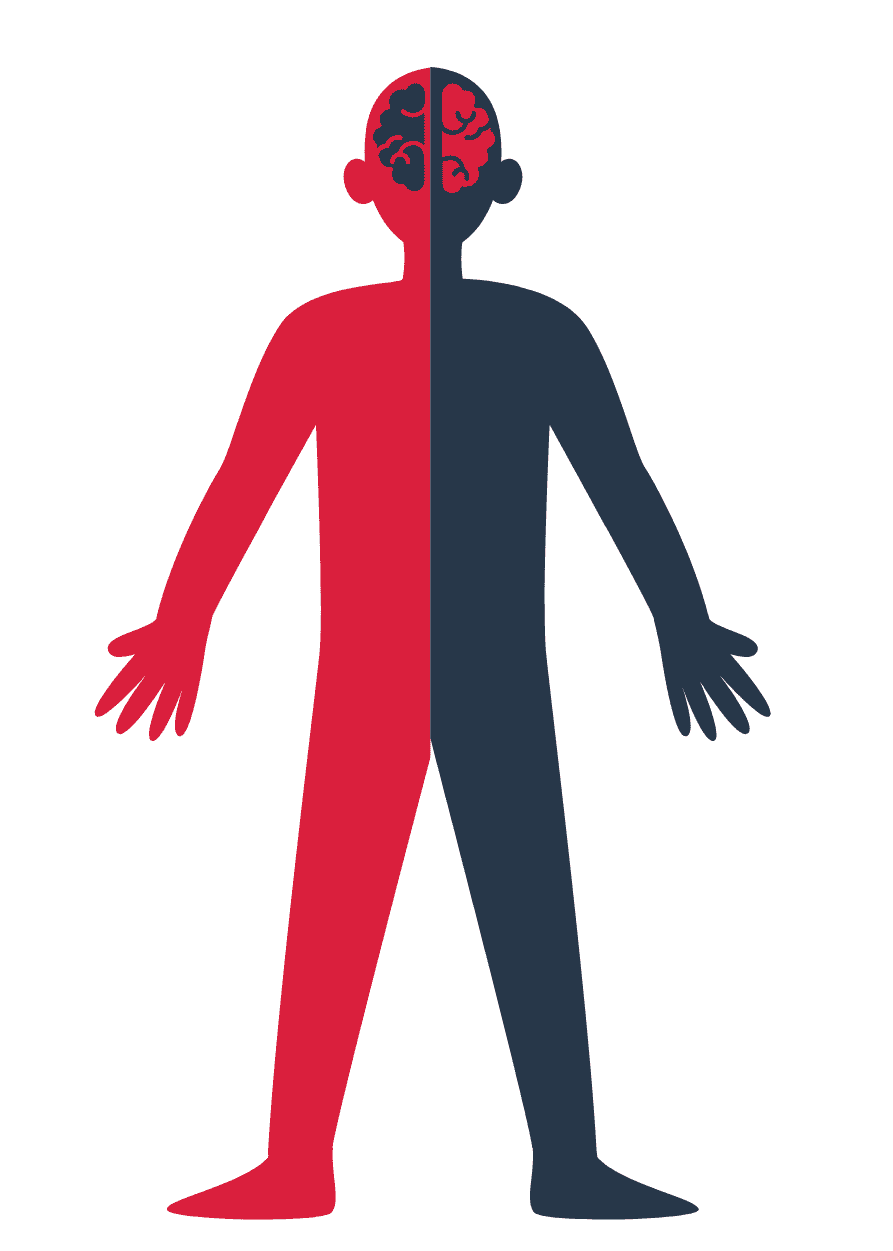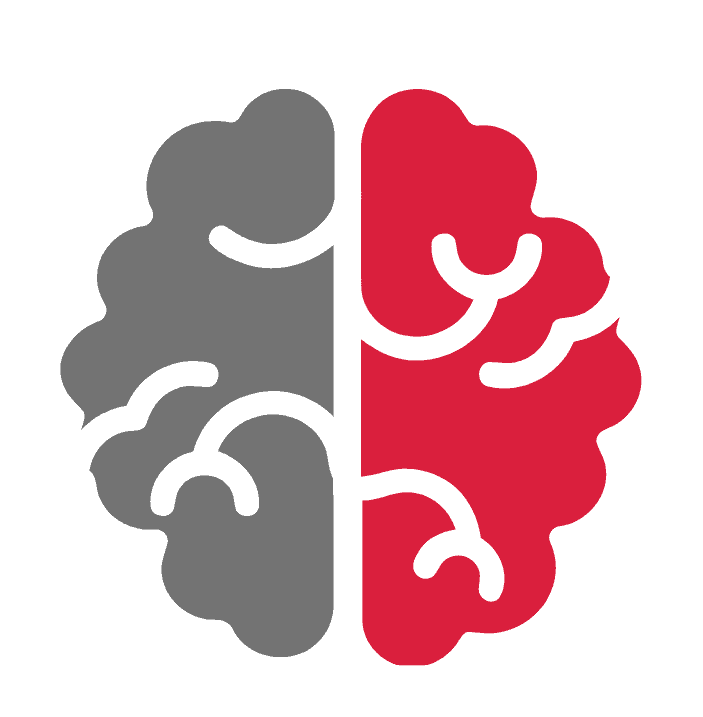Understanding and Handling Neurological Stress
Have you ever experienced a situation in which you are reading an important email but you cannot understand the rational of the text? Or a situation in which you had to review a contract and later you have noticed key parts/ details missing? Maybe in those exemplary situations you have been in a stressful period in your life?
And this is more than normal because your brain does not have unlimited mechanisms to cope with stress. Being aware of the neurological responses of your brain to stress is the first step to finding the appropriate tools and techniques to overcome these blockages.
In the following article you will learn more about the neurological principles of stress and how they hinder our performance, wellbeing, and relationships. We will also equip you with more neuroscience-based strategies how to cope with stress more effectively.
What happens during stress on neurological level?
Research shows that that prolonged and continued stress and fatigue have inhibiting impact on the electrical transmission of brain impulses. This decreases people’s mental alertness, thinking, learning and information processing abilities. But why?
1st Neurological principle
People process information through their VAK system (visual, audio and kinaesthetic) having two brain hemispheres, two eyes, two ears and two hands, but will always have a dominant brain hemisphere, eye, ear and hand that takes the leading role to process information actively, while the non-dominant hemisphere and senses processes information more passively. But also, our brain functions cross-laterally: our right hemisphere processes information through our sense on our left side of the body, and vice versa.


2nd Neurological principle
Research indicates that during periods of prolonged stress and fatigue, there is a decrease in activity within the non-dominant hemisphere of the brain. For most individuals, this means reduced activity in either their right or left hemisphere, depending on which side is less dominant. Leading also to shut down of our senses controlled by our non-dominant hemisphere – on the left or on the right. When the dominant eye, ear or hand is on the same side as the dominant brain hemisphere, we may experience a neurological hindrance in how we process information during stress or fatigue. This may cause people to look but not see, hear but not understand or react but not effectively respond, resulting in mistakes, incidents, and accidents.
The temporary shutdown of the non-dominant hemisphere can have several consequences on daily life. Firstly, it may hinder decision-making processes, particularly those requiring out-of-the-box thinking or emotional intelligence. Secondly, communication skills might suffer, leading to misunderstandings and conflicts in personal relationships. Lastly, decreased performance at work could result from impaired focus and concentration.
By recognizing the potential consequences of this phenomenon, individuals can take proactive steps towards maintaining optimal cognitive function and overall mental health. Ultimately, prioritizing self-care and developing effective strategies for managing stress and fatigue are crucial components of preserving brain health.
At the end of this article, you will be equipped with one more strategy based on neuroscience that will help to deal more effectively with neurological stress – cross-lateral exercises that helps us integrate left and right hemisphere.
What is Cross-Lateral exercise?
Cross-lateral exercise refers to activities that involve coordinating movements between opposite sides of the body. Examples include touching your left hand to your right knee or crossing your arms across your chest. These seemingly simple actions can have profound effects on our brains and overall well-being.
Cross-lateral exercises stimulate both hemispheres of the brain simultaneously and regular practicing helps efficient information processing leading to improved learning capabilities and overall brain plasticity. Moreover, engaging in cross-lateral movements can an also aid in emotional regulation. They activate the parasympathetic nervous system, which promotes relaxation and a sense of calm. This can be especially helpful for those dealing with chronic stress.
You can easily include cross-lateral exercise in you daily routine, even use them as a method of relaxation and tool for better concentration between meetings. 5 minutes a day – can make a difference. Search for guiding videos and exercises on the web and take the control over the neurological stress today.
Check the Brain Agility videos on the following link: https://neuroagilityprofile.com/webinars-videos/
